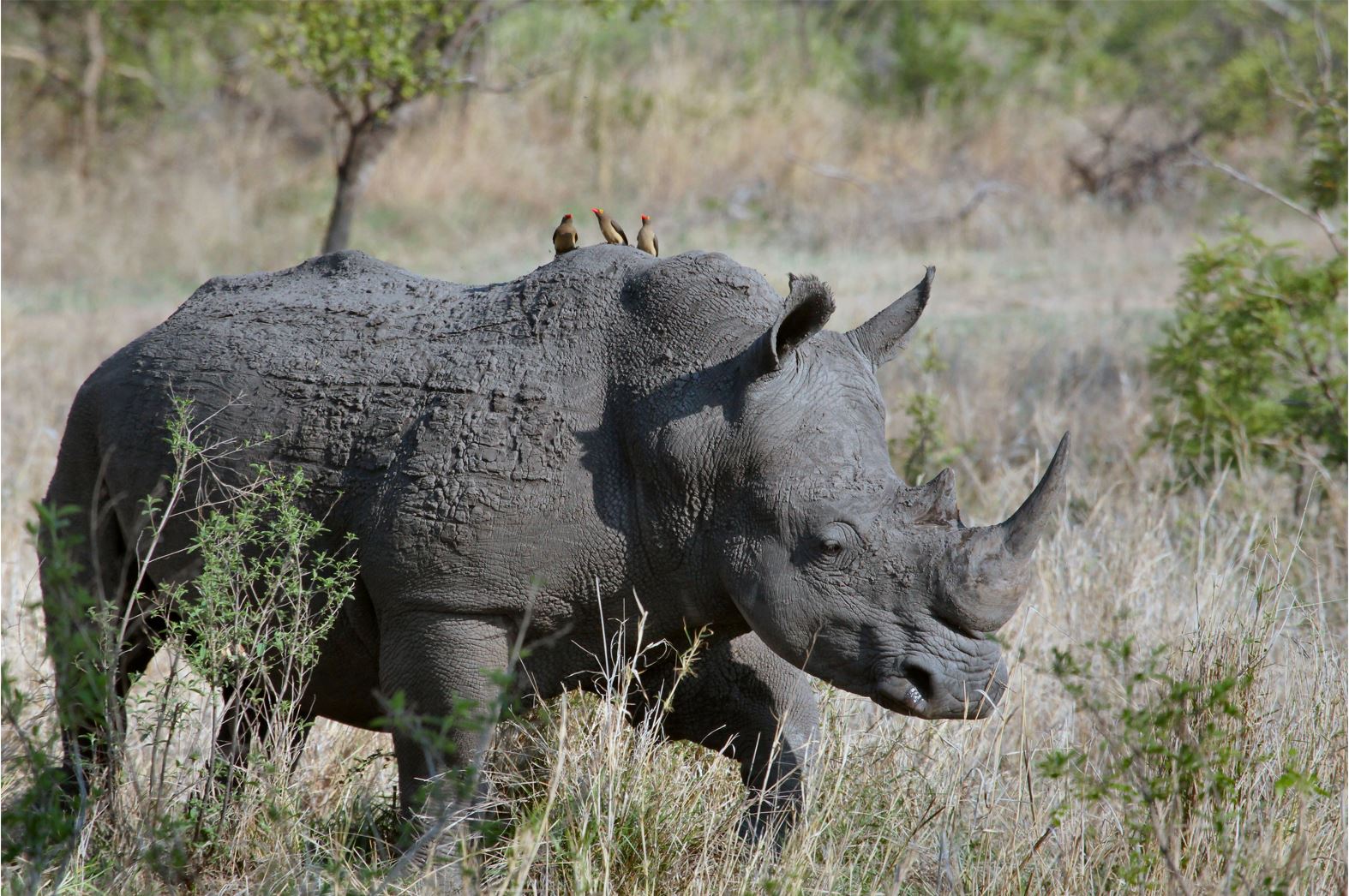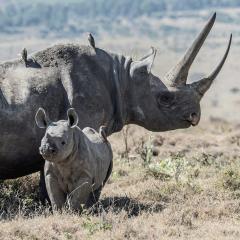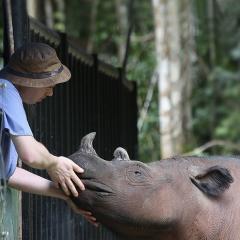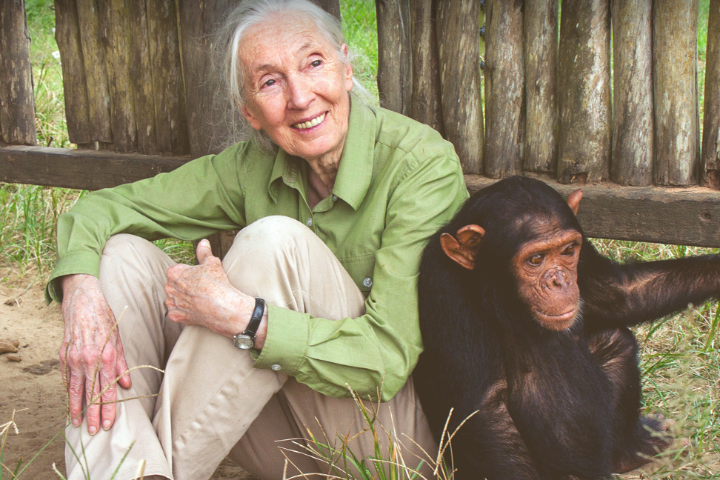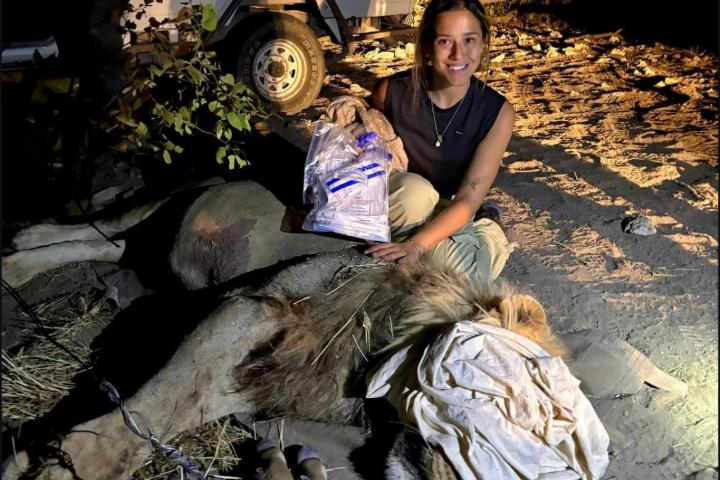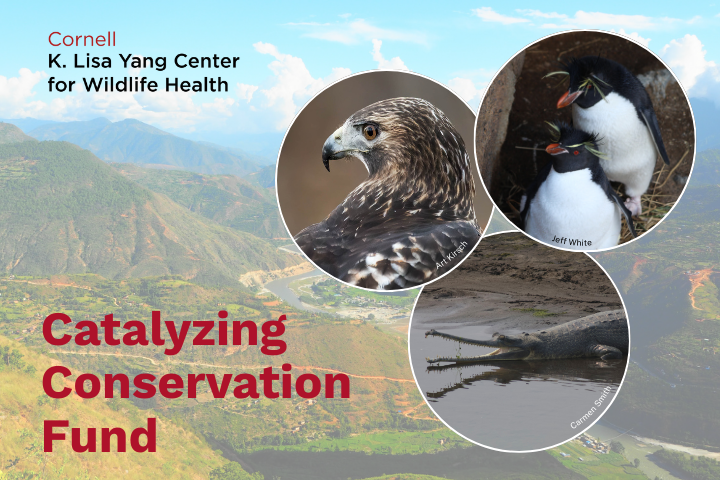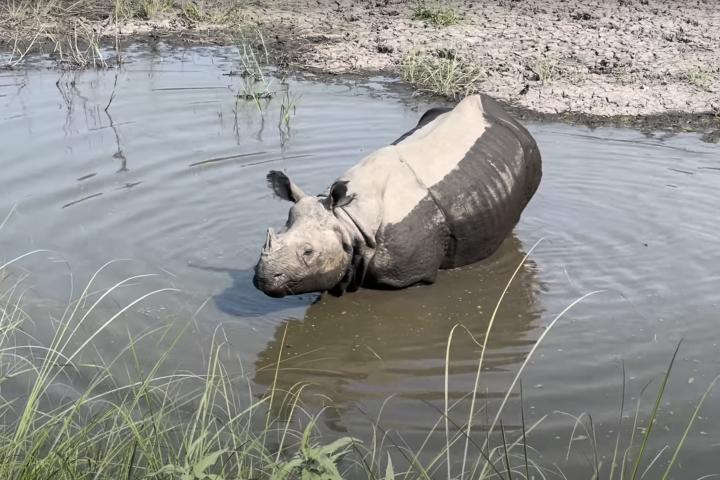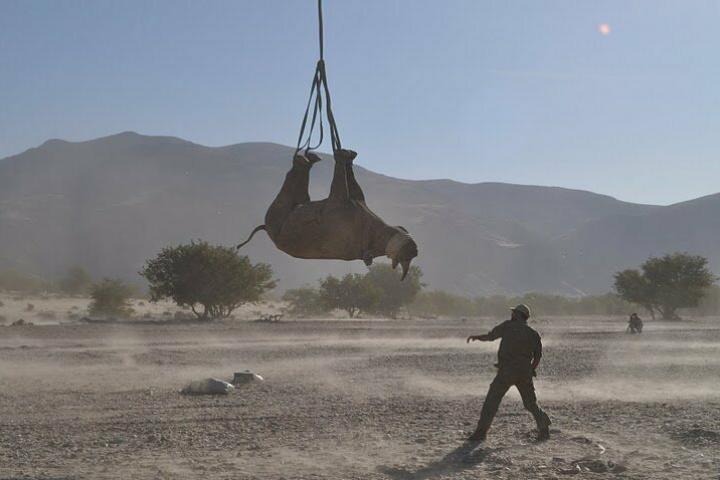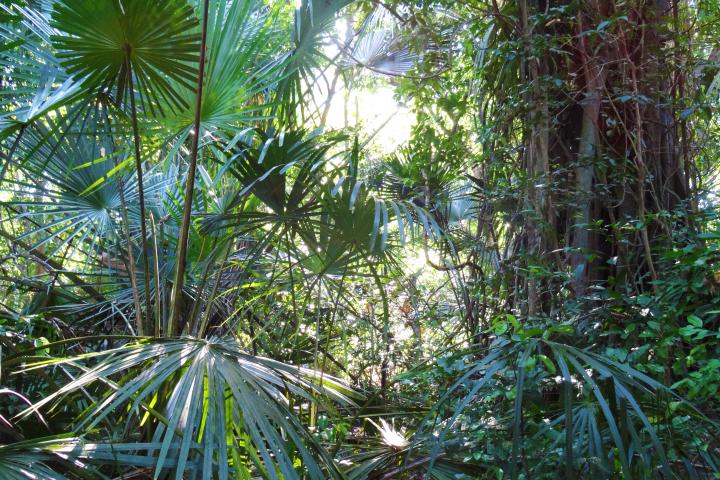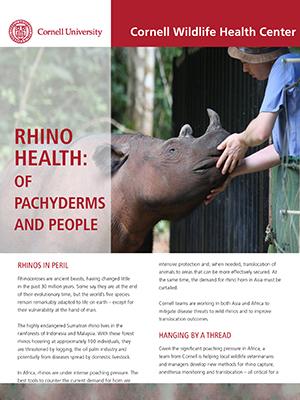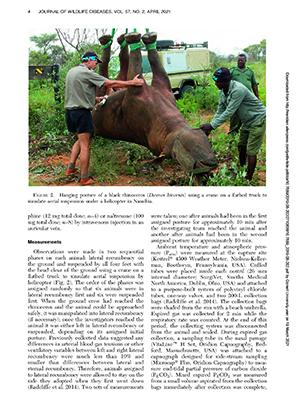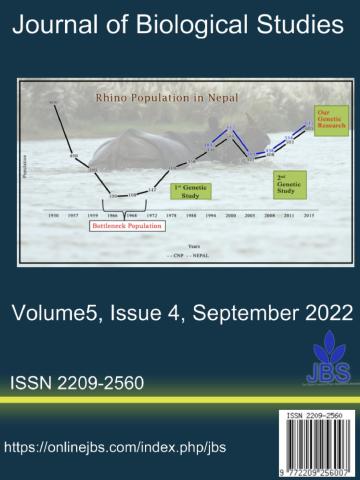Rhinos
Protecting the health and safety of wild rhinos
Rhinoceroses are one of the world’s most iconic megafauna and among the most threatened animals on the planet. These ancient giants are essential to the ecosystems they inhabit, from the grasslands of Nepal to the rainforests of Indonesia and the savannahs of Africa. But across their range, rhinos are under pressure. Habitat loss, poaching, and emerging health threats continue to put their survival at risk.
Of the five extant rhinoceros species, all are classified as threatened by the International Union for the Conservation of Nature (IUCN). Several rhino subspecies, including the western black rhino and the northern white rhino, have been driven to extinction in our lifetime.
We are working with partners around the globe to protect the future of rhinos with a One Health approach—recognizing that rhino health, ecosystem health, and human well-being are deeply interconnected. Our research, training, and field-based interventions aim to understand the causes of rhino mortality, improve translocation outcomes, monitor health risks, and support the veterinarians and conservationists on the frontlines of this effort.

